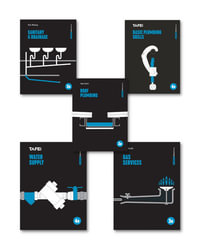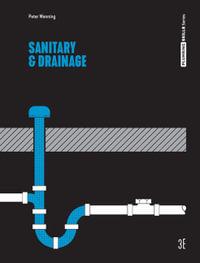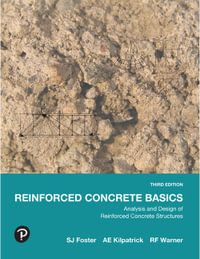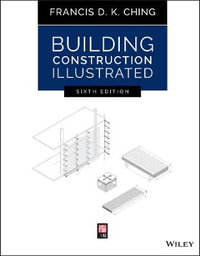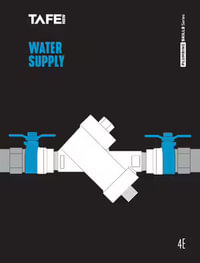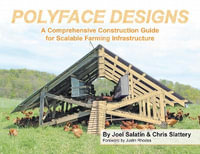These volumes contain contributions from a conference on the themes of measurement and prediction of residual stress in railroad rails. The subtitle, Effects of rail integrity and railroad economics', expresses an ultimate goal of reducing technical results to practical knowledge of interest to transportation engineers. Volume I contains elements of practical railway experience, laboratory tests, including experimental strees analysis, and theoretical evaluations of residual stress, crack propagation, and rail fracture. Observations of the effects of residual stress on rails in service, field tests, and laboratory experiments and recounted in the first three chapters of the volume. Experiments in which samples of new rail are subjected to precisely controlled rolling contact loads under laboratory conditions are dealt with in Chapters 4 and 5. Chapter 6 describes a method for programming loads on compact tension specimens to stimulate the stress intensity factor history of an internal transverse crack in rail head. Chapter 7 outlines a method for setting rail inspection intervals in service, based on what is presently known about the behaviour of transverse cracks in the rail head. The remainder of the volume deals with experimental stress analysis. Chapter 8 describes an elaborate procedure for combining stair change and length to evaluate internal stress distribution, and several other measurement techniques are also evaluated as possible alternates. Chapter 9 discusses the neutron diffraction method and its recent application to rail. Chapter 10 summarizes a technique based on MoirA(c) interferometry and reports on the first step in the developments of rail stress measurement procedure based on this alternate. Chapter 13 concludes the experimental contributions with a summary of some typical measurements of the residual stress states in rails from several different producers and service environments in Europe. The reader will find that a reasonable qualitative picture of the rail residual stress field emerges from the experimental stress analyses. However, the details always vary from one rail to another, and there are sufficient differences to prevent the drawing of general quantitative conclusions from the experimental work alone. Theoretical and numerical analyses' are presented in Volume II, in the hope that models based on solid mechanics can correlate the experimental stress measurements and lead to a better understanding of the effects of residual stress upon crack propagation, fracture, and ultimately the economics of rail in the modern railroad environment.







